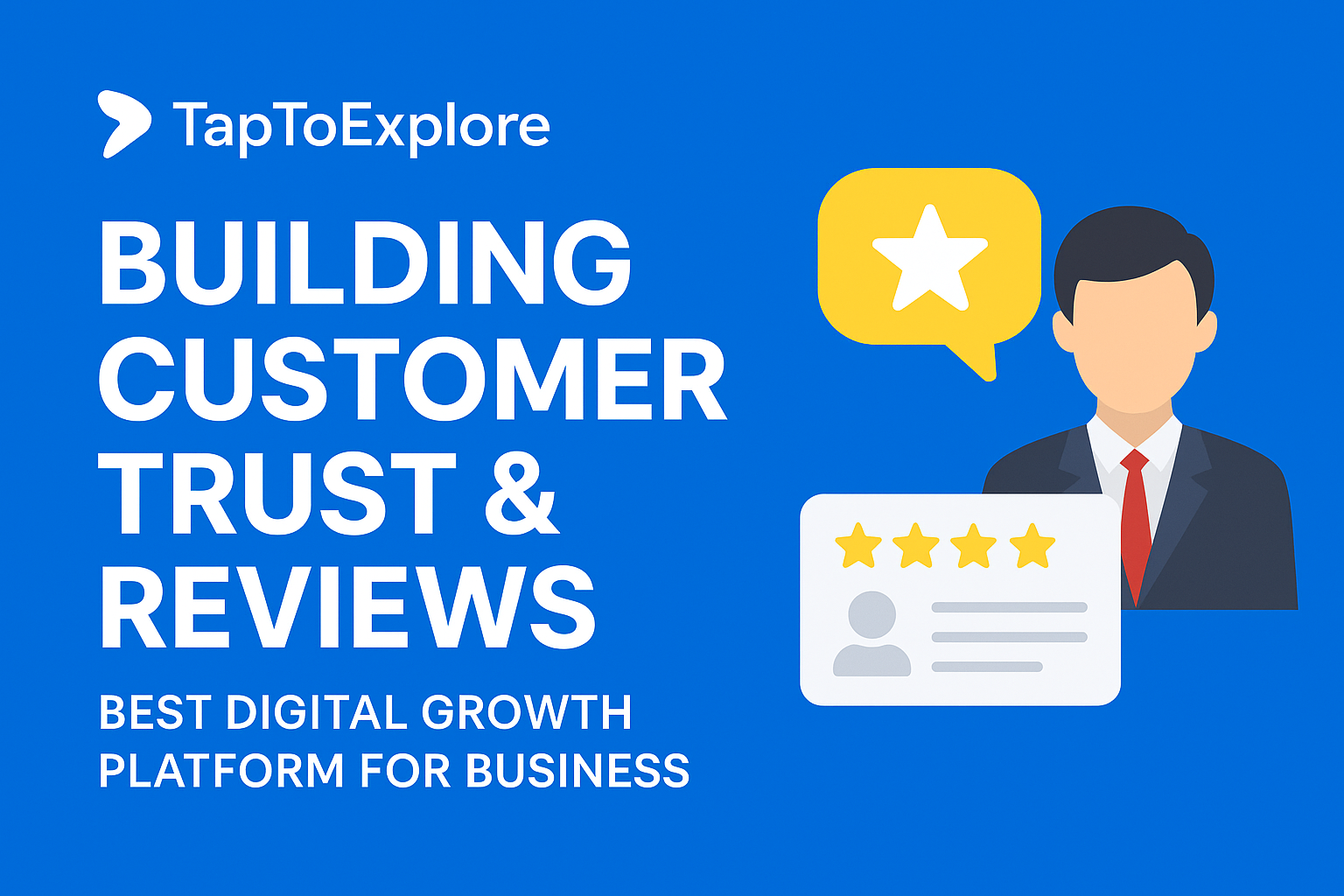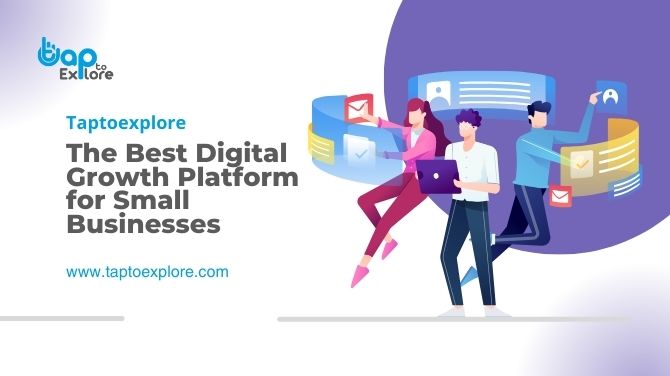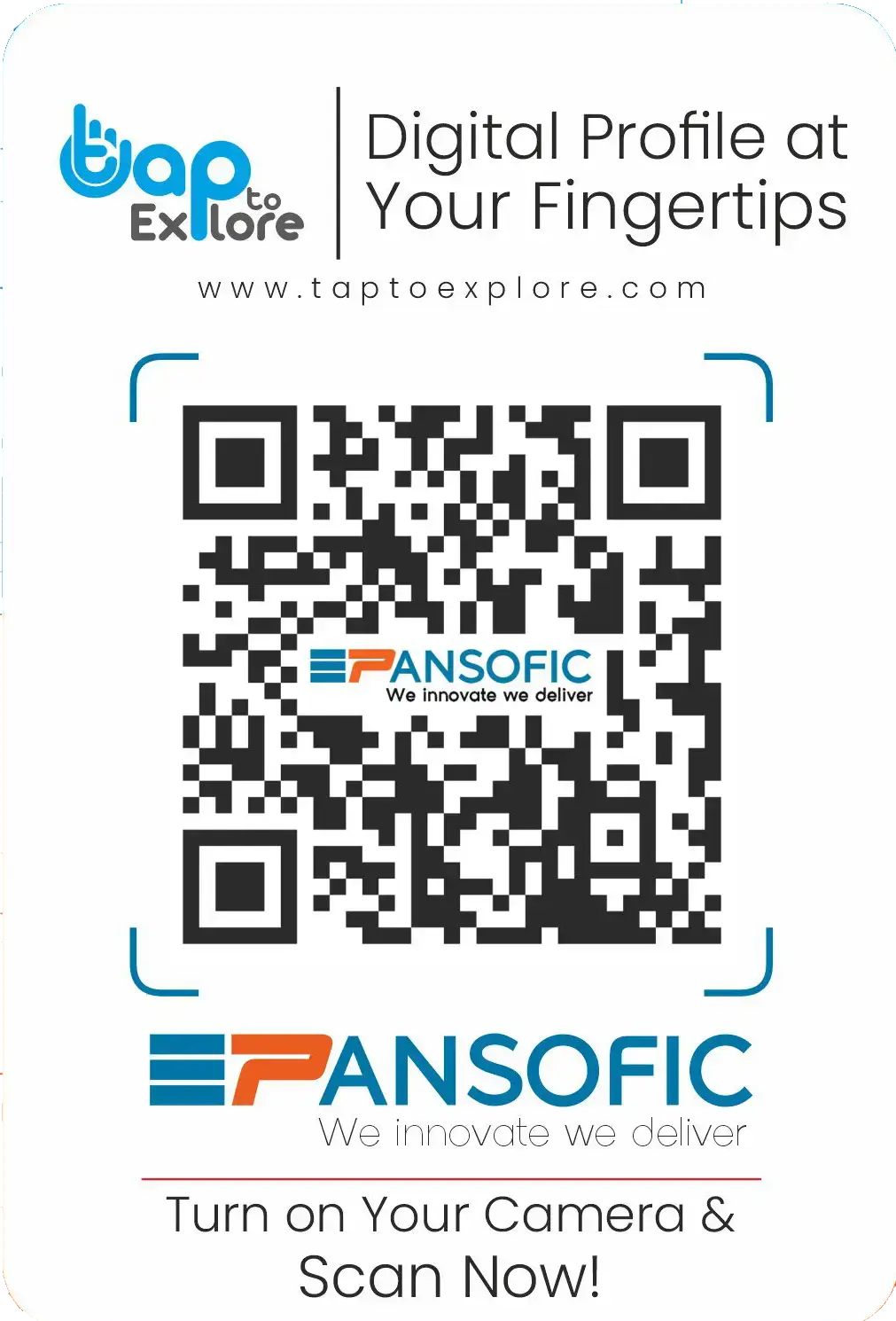.jpg)
Are Paper Business Cards Dead? The Rise of Digital Business Profile
In a world where technology is reshaping professional interactions, the relevance of paper business cards is increasingly questioned. With the advent of digital solutions, networking has evolved, offering greater convenience, sustainability, and functionality. Digital business profiles are rapidly gaining traction as the modern alternative to traditional paper business cards. In this blog, we explore why paper business cards are becoming obsolete and why digital business profiles are the future of networking.
1. Environmental Impact
The environmental consequences of producing paper business cards are significant. Each year, billions of cards are printed, with most ending up in landfills. The production process involves deforestation, high water usage, and the release of harmful chemicals into the environment.
- Digital business profiles are entirely paperless, reducing waste and conserving natural resources.
- Eco-conscious businesses are increasingly adopting digital solutions to align with sustainability goals.
2. Limited Functionality of Paper Cards
Paper business cards are static. Once printed, they cannot be altered, which is a significant drawback in a world where professional information frequently changes.
- Digital profiles allow real-time updates, ensuring contacts always have the latest information.
- You can add or remove details without the need for reprinting.
3. Easy to Lose or Forget
After networking events or meetings, paper business cards often get misplaced or discarded. This means valuable connections can be lost.
- Digital profiles can be saved directly to smartphones or synced with contact management apps.
- They are always accessible, reducing the risk of losing important connections.
4. Interactivity and Engagement
Paper business cards are limited to text and static images, offering no room for engagement beyond a brief glance.
- Digital profiles can include clickable links to websites, portfolios, LinkedIn profiles, and social media handles.
- Multimedia elements such as videos and testimonials can be embedded to create a more engaging experience.
5. Cost-Effective and Scalable
High-quality paper business cards can be expensive, especially when frequent updates or large quantities are needed.
- Digital business profiles eliminate printing and reprinting costs.
- They can be shared instantly with unlimited recipients, offering better scalability.
6. Convenience in Networking
Carrying a stack of business cards can be inconvenient. In busy networking events, it’s easy to run out of cards.
- Digital profiles can be shared instantly via QR codes, messaging apps, or email.
- They are always available on your smartphone, making networking seamless.
7. Personalization and Customization
Designing paper business cards often involves balancing aesthetics with limited space, leaving little room for creativity.
- Digital business profiles allow for more personalization with customizable layouts, colors, and themes.
- You can tailor profiles for different audiences or events.
8. Analytics and Insights
Paper business cards provide no insights into how recipients interact with your information.
- Digital profiles can track views, clicks, and engagement metrics.
- Analytics help identify potential leads and measure networking effectiveness.
Suggested Read:- Grow Your Boutique Business in Ambala with a Digital Business Profile!
Conclusion
Are paper business cards dead? The growing preference for digital business profiles suggests that the era of paper cards is indeed fading. With greater sustainability, convenience, and functionality, digital profiles offer a smarter way to network in the modern world. While paper business cards may still hold sentimental value for some, embracing digital solutions reflects a commitment to progress and innovation. The future of networking is digital – are you ready to make the switch?



.png)


